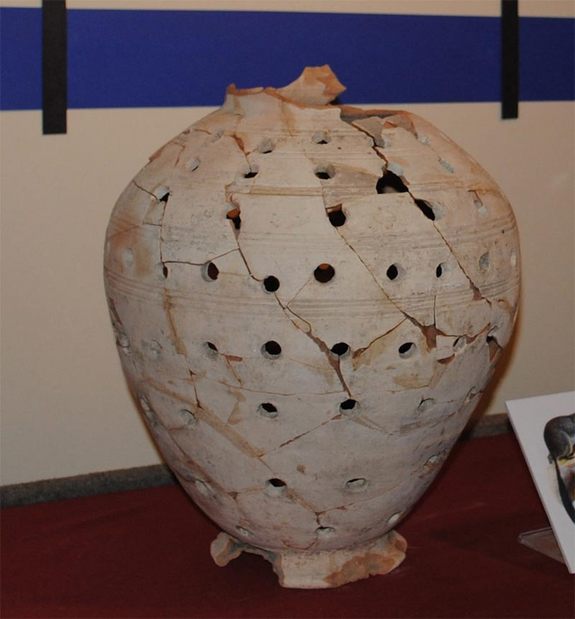
An ancient clay vessel reconstructed from pieces discovered at a Canadian museum is riddled with tiny holes, leaving archaeologists baffled over what it was used for.
The jar, just 16 inches (40 centimeters) tall and dating back about 1,800 years, was found shattered into an unrecognizable 180 pieces in a storage room at the Museum of Ontario Archaeology. But even after it was restored, the scientists were faced with a mystery. So far no one has been able to identify another artifact like it from the Roman world.
"Everyone's stumped by it," Katie Urban, one of the researchers at the London, Ontario, museum, told LiveScience. "We've been sending it around to all sorts of Roman pottery experts and other pottery experts, and no one seems to be able to come up with an example."
The jar may have held rodent snacks for ancient Romans, or even served as a lamp, the researchers speculate, though no theory definitively holds water.
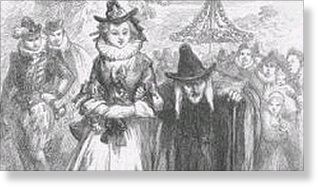

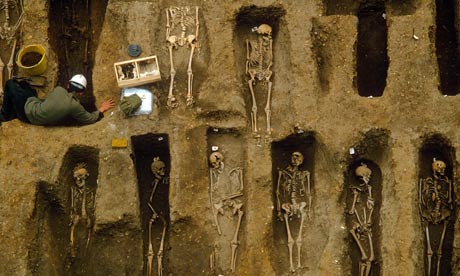
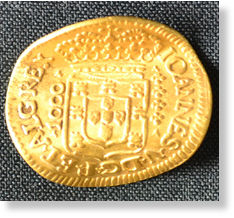



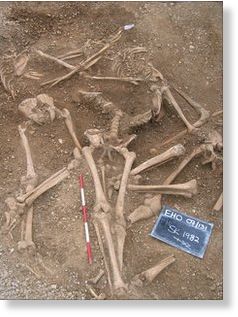



Comment: Could there be a Cosmic Connection to the Black Death plague that decimated Europe in the 14th century? There is indeed strong parallel evidence. Please read Laura's article here for more information.